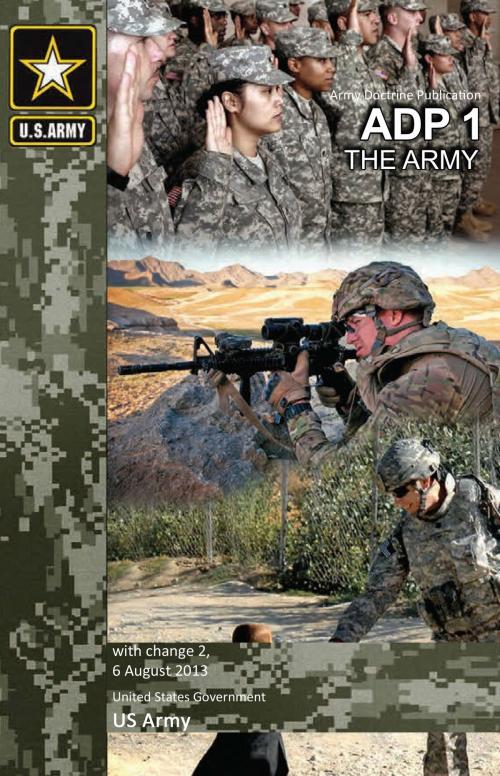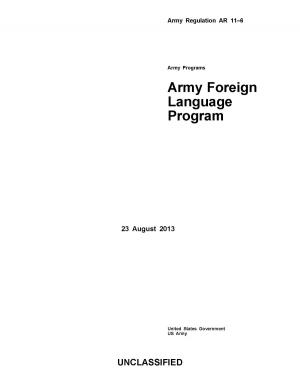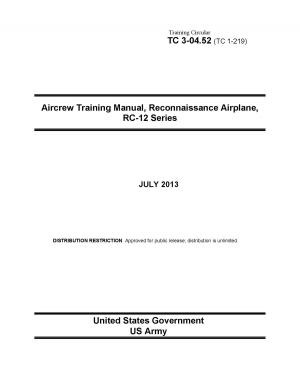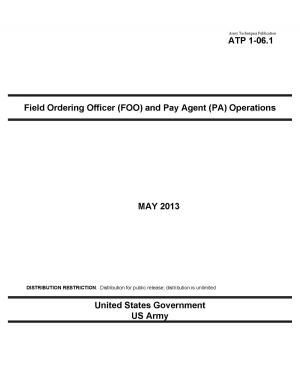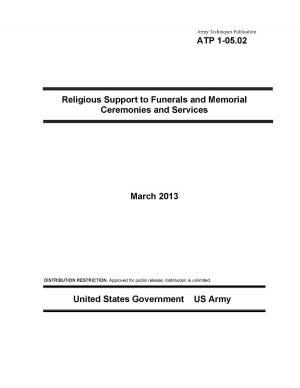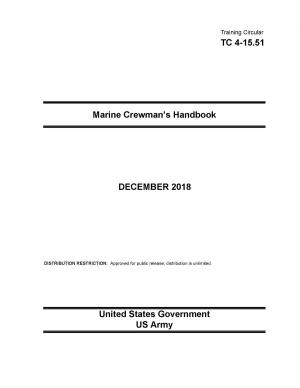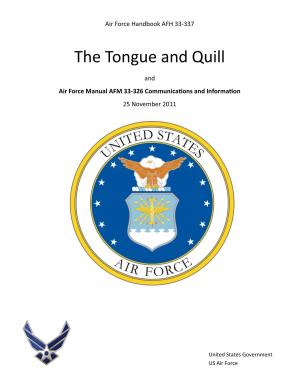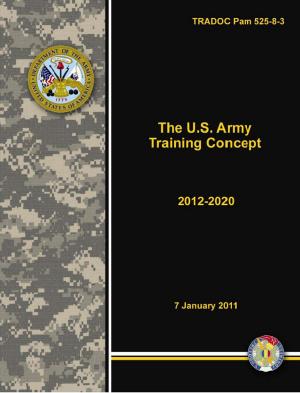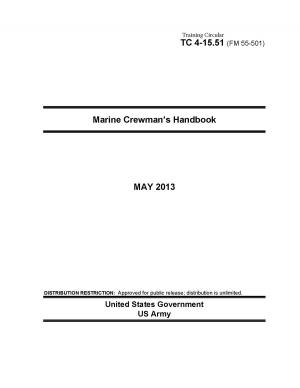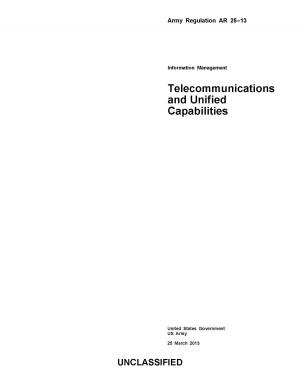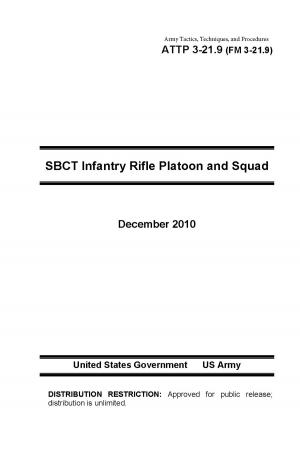Army Doctrine Publication ADP 1 The Army with change 2, 6 August 2013
Nonfiction, Reference & Language, Study Aids, Graduate & Professional, Armed Forces, Science & Nature, Technology, Military Science, History, Military, United States| Author: | United States Government US Army | ISBN: | 1230000159906 |
| Publisher: | eBook Publishing Team | Publication: | August 14, 2013 |
| Imprint: | Language: | English |
| Author: | United States Government US Army |
| ISBN: | 1230000159906 |
| Publisher: | eBook Publishing Team |
| Publication: | August 14, 2013 |
| Imprint: | |
| Language: | English |
This capstone doctrine publication, Army Doctrine Publication ADP 1 The Army, frames how we, as the Soldiers and Civilians of the United States Army, think about the strategic environment, develop and refine doctrine, and chart a course into the future. It is my vision of how the world has changed and how we as an Army will adapt to those changes, ensuring that we remain the world’s dominant land force and a crucial contributor to the joint team. A key component of the way ahead is remaining focused on the professionalism of our force. Our Army Values are the essence of who we are, and those values rely on a bedrock of mutual trust among Soldiers, leaders, Families, and the American people that we serve.
Over the past 237 years, the United States Army has proudly served the Nation by winning its wars and securing the peace. Our history is marked by decisive action in a wide range of missions—including regular and irregular warfare, humanitarian assistance operations, engagement with allies, and support to civil authorities.
Today, our Army is entering not only a period of transition, but also great opportunity. The strategic environment has grown increasingly complex. Technological advances have created new ways to communicate with, to understand, and to influence others. Technology also empowers a much wider range of actors we must consider and interact with, to include those that come together virtually in cyberspace, unbounded by physical geography. At the same time, a decade of war has reinforced timeless lessons about the centrality of human beings in all aspects of military operations. We must build on these insights to change how we think about, plan for, and conduct all of our operations.
Although some will argue that technology will simplify future military operations, the evidence overwhelmingly indicates that warfare remains a fundamentally human endeavor. Direct engagement with people has always been, and remains, a core strength of the United States Army. We must recognize and fully embrace the changes in the environment that offer us new avenues to maintain our preeminence.
As part of the joint force, the United States Army ensures mission accomplishment, guarantees national security interests, compels adversaries, prosecutes military campaigns, and delivers lasting strategic results. It is what the American people expect and what our Nation’s continued freedom demands. Warfighting is our primary mission. Everything that we do should be grounded in this fundamental principle. We must be responsive to combatant commanders as part of the joint force, rapidly dominating any operational environment across the range of military operations.
This capstone doctrine publication, Army Doctrine Publication ADP 1 The Army, frames how we, as the Soldiers and Civilians of the United States Army, think about the strategic environment, develop and refine doctrine, and chart a course into the future. It is my vision of how the world has changed and how we as an Army will adapt to those changes, ensuring that we remain the world’s dominant land force and a crucial contributor to the joint team. A key component of the way ahead is remaining focused on the professionalism of our force. Our Army Values are the essence of who we are, and those values rely on a bedrock of mutual trust among Soldiers, leaders, Families, and the American people that we serve.
Over the past 237 years, the United States Army has proudly served the Nation by winning its wars and securing the peace. Our history is marked by decisive action in a wide range of missions—including regular and irregular warfare, humanitarian assistance operations, engagement with allies, and support to civil authorities.
Today, our Army is entering not only a period of transition, but also great opportunity. The strategic environment has grown increasingly complex. Technological advances have created new ways to communicate with, to understand, and to influence others. Technology also empowers a much wider range of actors we must consider and interact with, to include those that come together virtually in cyberspace, unbounded by physical geography. At the same time, a decade of war has reinforced timeless lessons about the centrality of human beings in all aspects of military operations. We must build on these insights to change how we think about, plan for, and conduct all of our operations.
Although some will argue that technology will simplify future military operations, the evidence overwhelmingly indicates that warfare remains a fundamentally human endeavor. Direct engagement with people has always been, and remains, a core strength of the United States Army. We must recognize and fully embrace the changes in the environment that offer us new avenues to maintain our preeminence.
As part of the joint force, the United States Army ensures mission accomplishment, guarantees national security interests, compels adversaries, prosecutes military campaigns, and delivers lasting strategic results. It is what the American people expect and what our Nation’s continued freedom demands. Warfighting is our primary mission. Everything that we do should be grounded in this fundamental principle. We must be responsive to combatant commanders as part of the joint force, rapidly dominating any operational environment across the range of military operations.
